12 Early Blooming Pollinator Plants for Spring
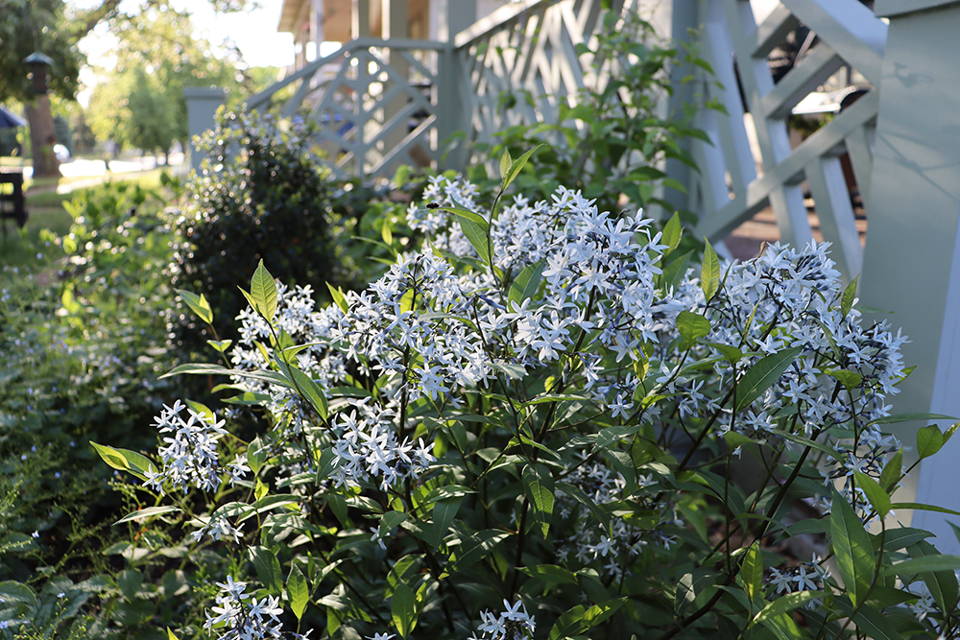
As the vibrant colors of spring begin to paint the garden, a crucial cycle of nature quietly unfolds around us. Here, we'll list just some of our favorite spring blooming plants that support early season pollinators. This includes perennials, shrubs, and ground covers that have an abundance of nectar and resources for bees, butterflies, hummingbirds and more!
Why support pollinators early in the season?
As pollinators emerge, they must find food sources to fuel them as they migrate throughout the season. An abundance of resources can set them up for a busy season so they can continue to pollinate and help grow more plants. And with 75% of all flowering plants relying on animal pollinators, it's essential to life as we know it to aid in making life for these crucial creatures as easy as possible. Aside from planting early blooming perennials and shrubs, there are other ways you can support them after winter. Here are a few articles about different ways to help pollinators during the spring:
Early-blooming spring plants for pollinators:
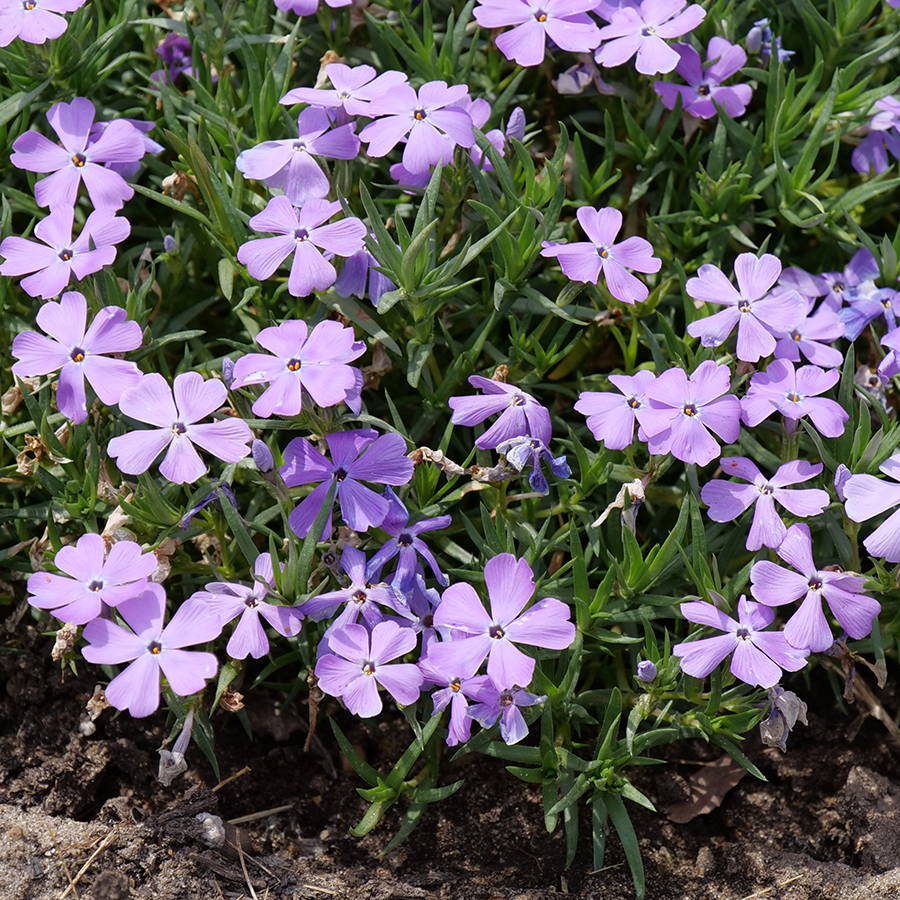
Phlox (Phlox subulata)
The densely packed mat of flowers from phlox is one of the first signals that spring is finally here! Some varieties bloom earlier than others, with bees loving to feed on the dainty, colorful flowers. Phlox is an excellent ground cover to accompany spring bulbs like tulips, hyacinths, and daffodils.
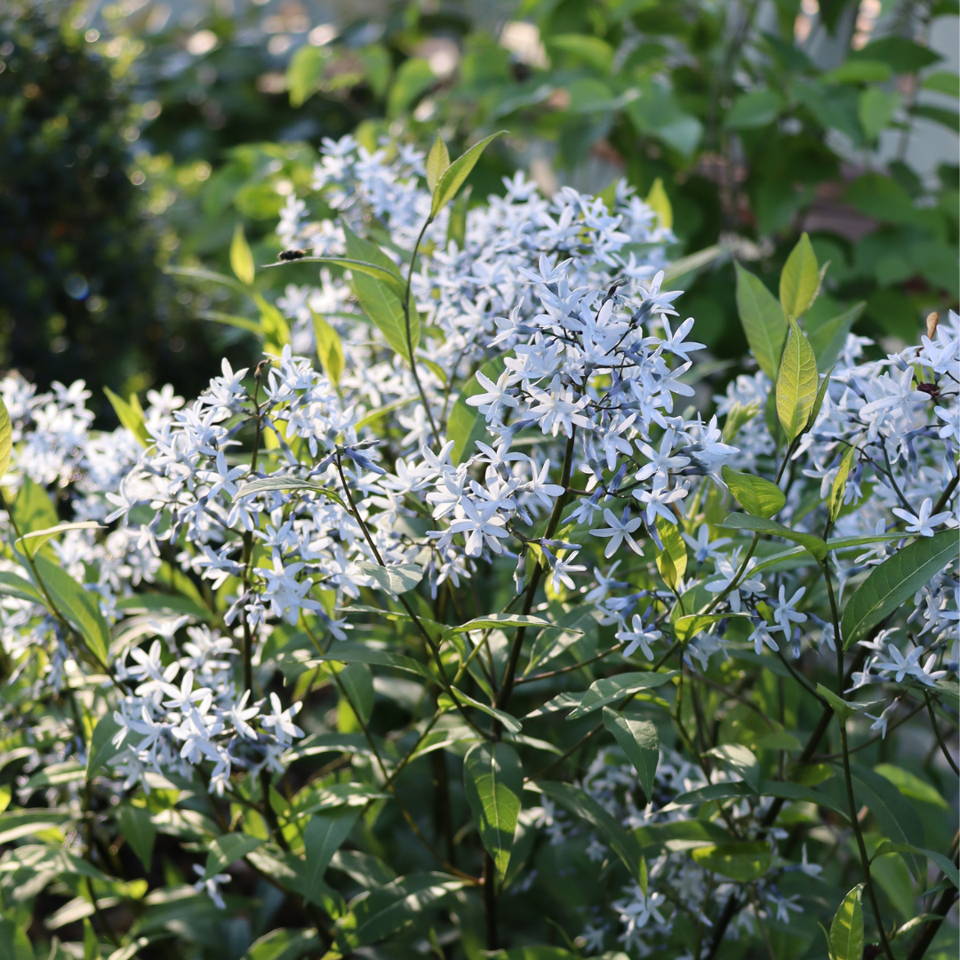
Bluestar (Amsonia)
Bluestar (Amsonia) is a native perennial filled with blue flower clusters that serve as an important nectar source for pollinators come spring. This perennial is also extremely easy to care for, deer-resistant, and tolerant of high heat and humidity. When the blooms fade after summer, the green foliage transitions to gold, adding fall interest.
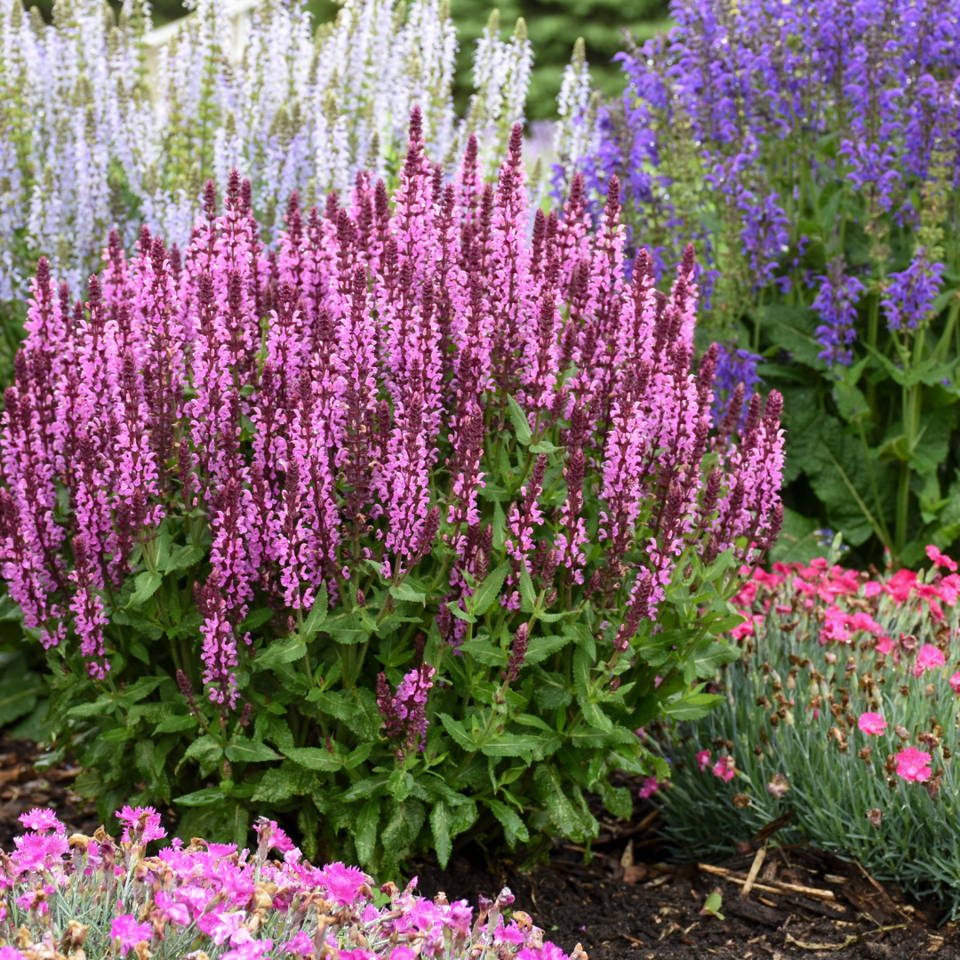
Salvia
Salvia is a long-blooming perennial that pollinators love! The spires of flowers begin blooming late spring and last through summer, even in high heat, humidity or drought. It's fragrance is delightful to gardeners but deters deer and rabbits. What's not to love?
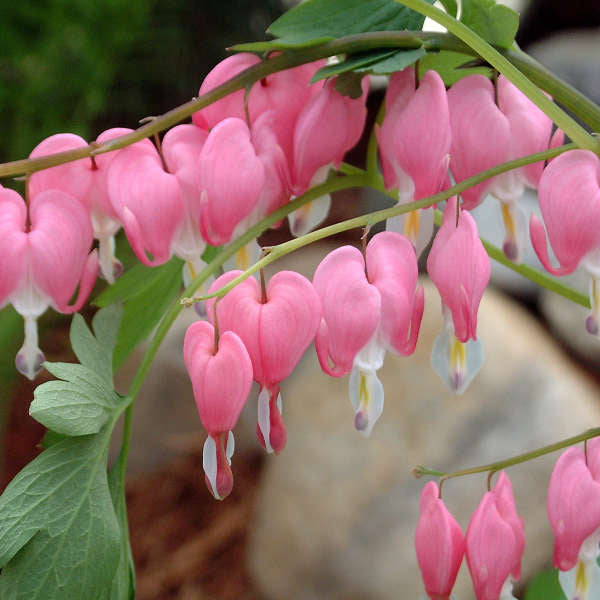
Bleeding Heart (Dicentra)
The unique heart-shaped flowers from bleeding heart (Dicentra) appear in early spring and are filled with nectar. Hummingbirds can't get enough of these blooms, especially the red and pink varieties! Pair with other early-spring blooming plants like Siberian bugloss to add charm to any cottage or woodland garden.
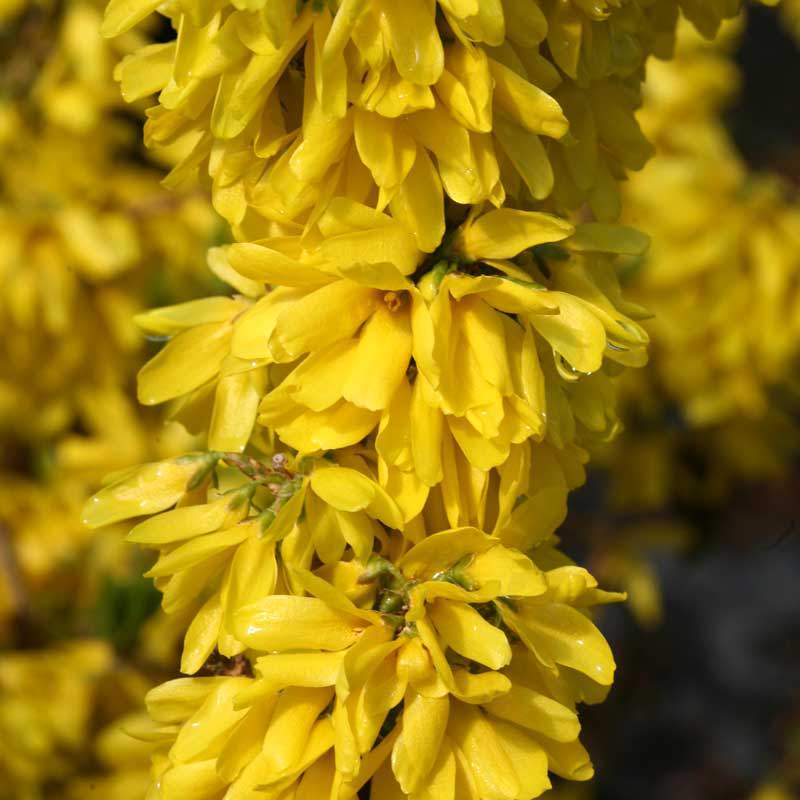
Forsythia
The bright yellow blooms from forsythia in early spring are incredibly welcoming after a chilly winter. Densely packed flower clusters trail along the entire stem length, creating a buffet for pollinators who can stake claim to this vibrant shrub. As a bonus, forsythia is also deer-resistant!
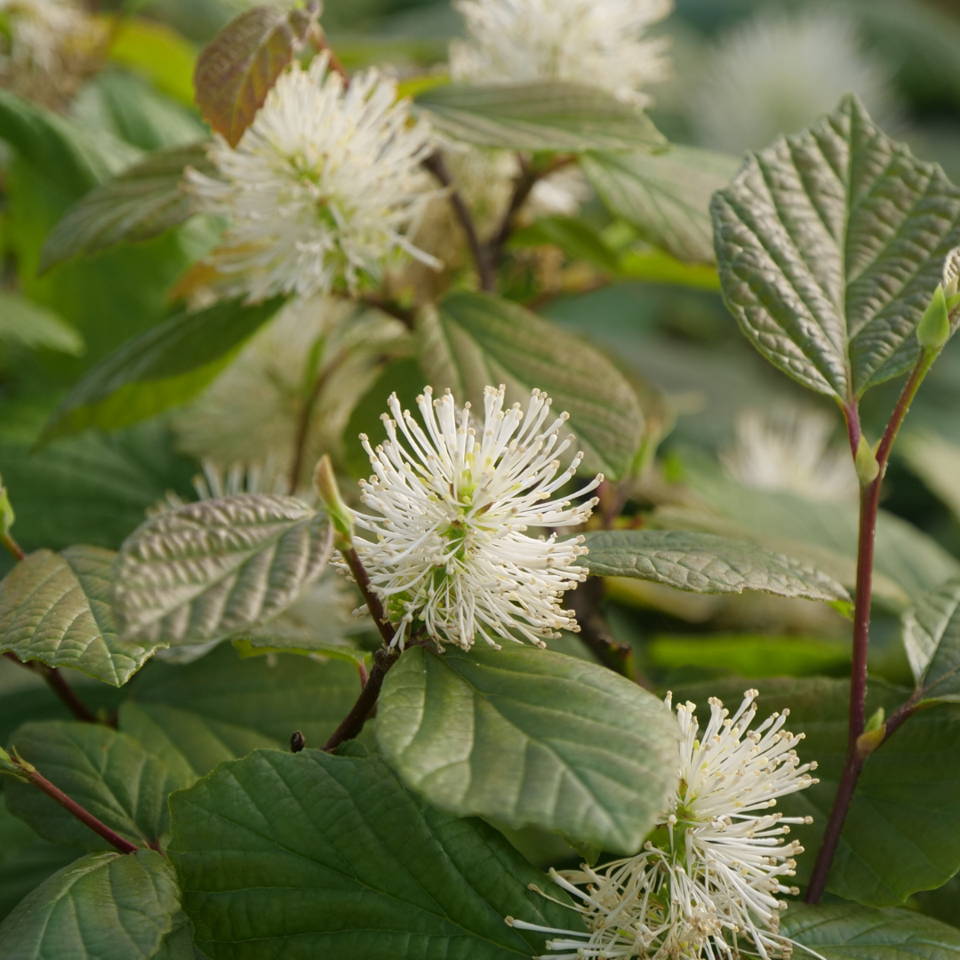
Bottlebrush (Callistemon)
Pollinators can't resist the dozens of honey-scented white flowers from bottlebrush in the spring, and neither can gardeners! This native shrub is low maintenance, deer-resistant, and blooms in early spring, providing nectar and pollen when resources are limited.
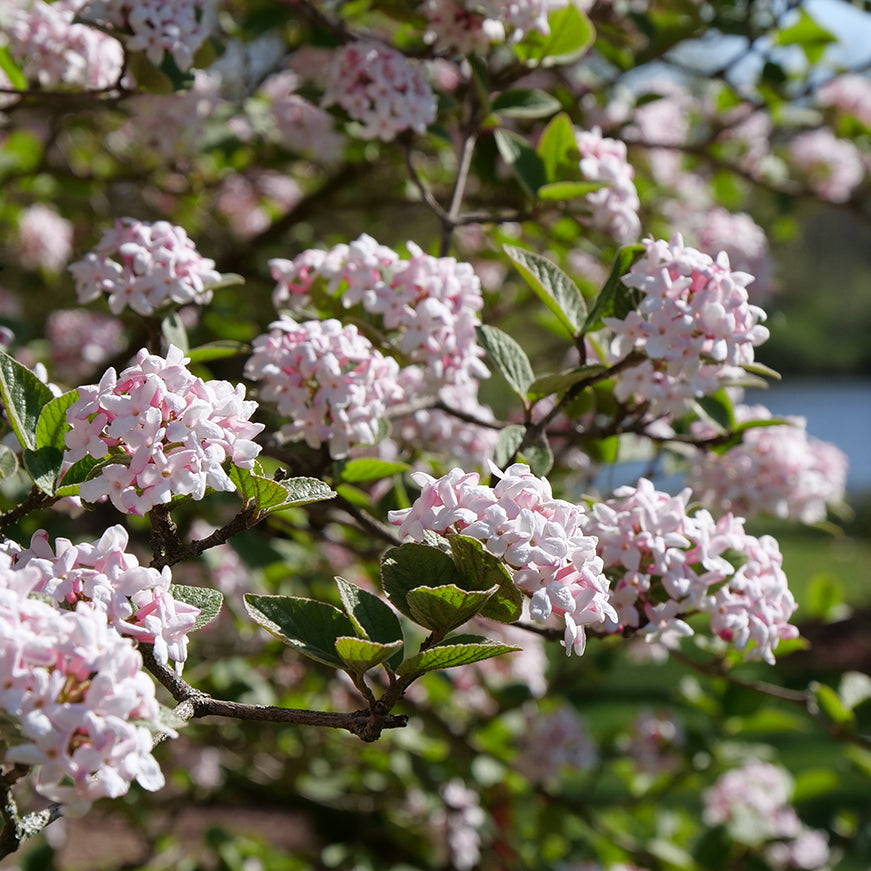
Viburnum
Viburnum provides multi-season interest, with fragrant flower clusters appearing in early spring and bright green foliage transitioning to bright red in fall. Aside from supporting early-season pollinators, viburnum grows berries in the fall and early winter, providing a food source for birds!
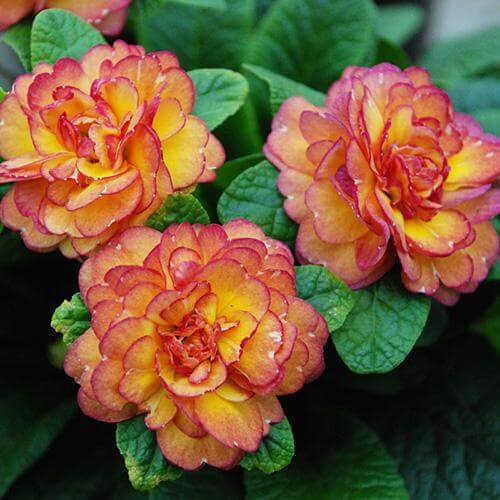
Primrose (Primula)
The signature dainty blooms from primrose are rich with sugary nectar and are such a delight to gardeners come early spring. This perennial supports pollinators in shade gardens or those with limited space and can be easily tucked into window boxes or containers.
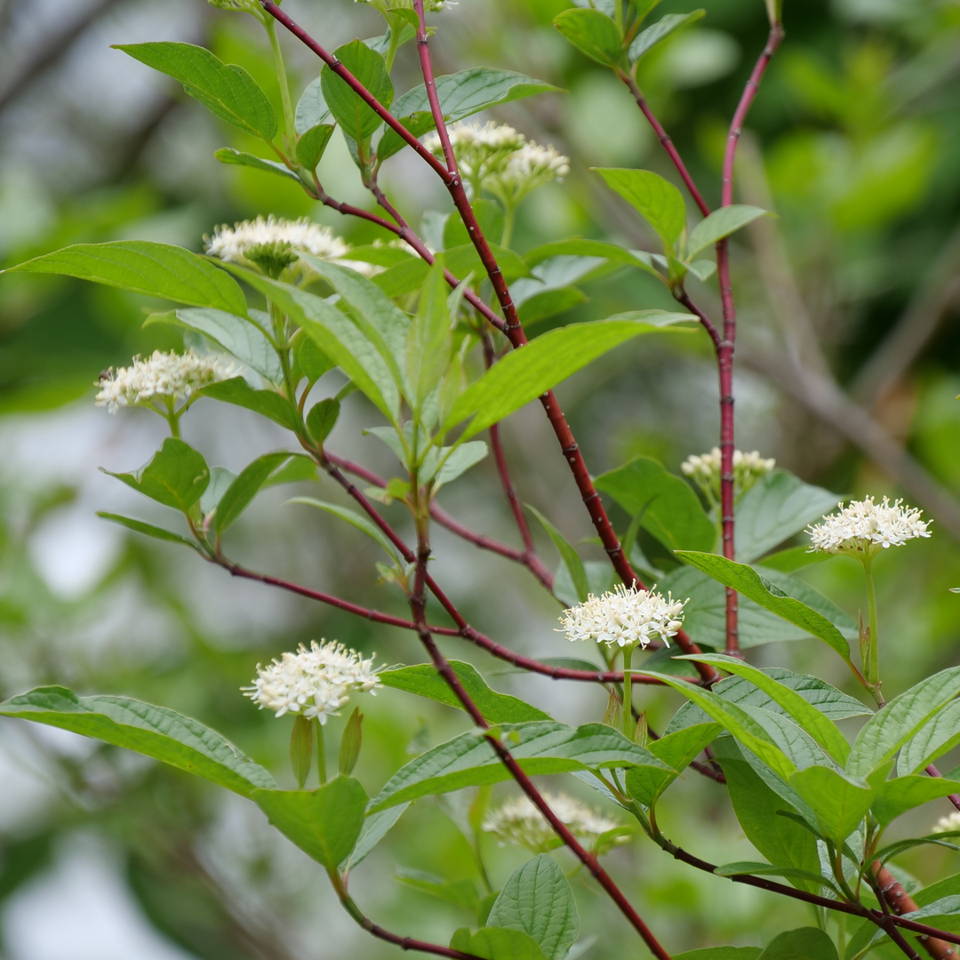
Dogwood (Cornus)
This native shrub is a host plant for the spring azure butterfly and features a flurry of white flowers atop deep burgundy stems. The flowers aren't just beneficial to the pollinators; native wildlife can take shelter in dogwood's thick stems during cold winter temperatures.
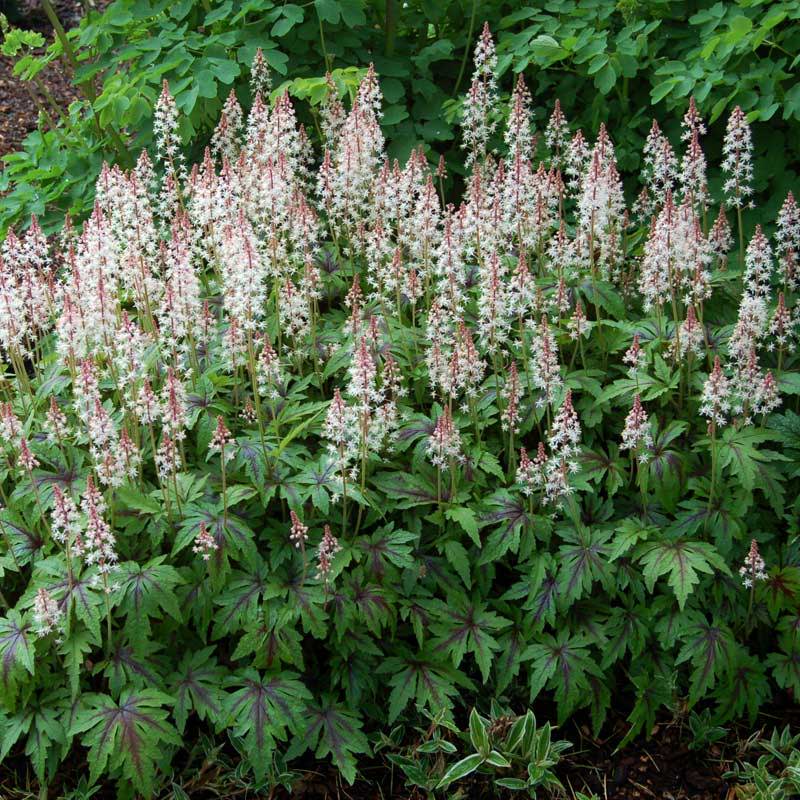
Foamflower (Tiarella)
The lacy plumes from foamflowers begin their show in early spring after the evergreen foliage does the heavy lifting during winter! It's compact and tidy, great for adding to shady gardens. Foamflower is also a native perennial to woodland areas, so you already know pollinators adore it.
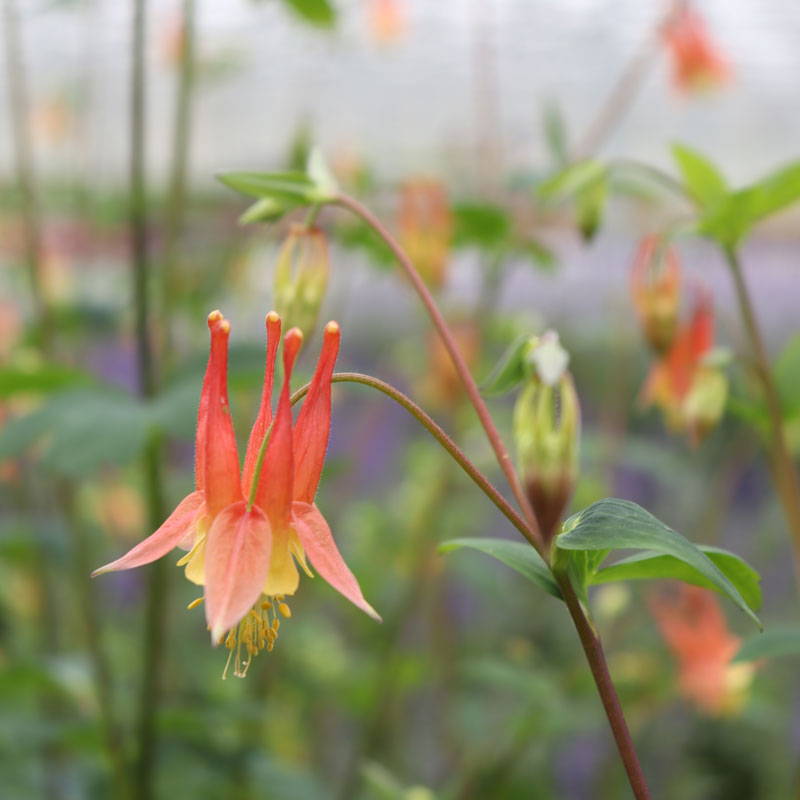
Columbine (Aquilegia)
The red drooping bell-shaped flowers and yellow stamens from columbine (Aquilegia) emerge in spring, oozing with sweet nectar. Could this native perennial be any more appealing to hummingbirds? While its beauty may be short-lived, it certainly checks all the boxes, and pollinators welcome the early spring blooms.
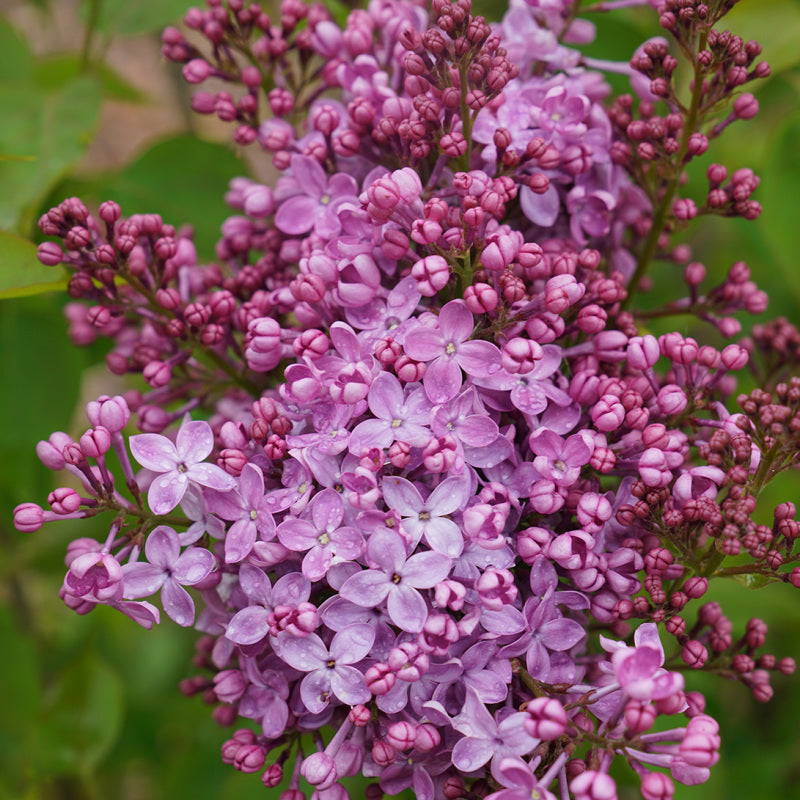
Lilac (Syringa)
Lilac is a spring-blooming shrub with huge flower panicles smothered in hundreds of highly fragrant pink/purple flowers. This showy shrub is a host plant to the Eastern Tiger swallowtail and provides an abundance of nectar for other pollinators all spring. Along with being surprisingly low maintenance, lilac requires a period of cold spring temperatures to bloom.
If you have questions, let us know! Comment your questions below or reach out through our contact us page. We have a team of horticulturalists who are here to help!

